Network Rail will continue to monitor the cliffs between Dawlish and Teignmouth to work out a long-term solution to prevent landslips, Lord Hendy has said.
The Rail Minister made the comments after the government paused the fifth and final phase of the South West Rail Resilience Programme.
Network Rail will continue to monitor the cliffs between Dawlish and Teignmouth to work out a long-term solution to prevent landslips, Lord Hendy has said.
The Rail Minister made the comments after the government paused the fifth and final phase of the South West Rail Resilience Programme.
Phase 5 aims to stabilise the sandstone cliffs and prevent landslips caused by rainwater along a 1.8km (1.25-mile) stretch of line between Parsons Tunnel and Teignmouth.
Announcing on July 8 that the final phase was on hold, the DfT said preliminary works to support cliff monitoring and drainage were progressing.
When asked at the Transport Select Committee about the decision on July 16, Rail Minister Lord Hendy said investment on a scheme that stabilises the cliffs “depends on what the monitoring shows about how they are moving”.
“Cliffs have been unstable ever since the railway was built,” he said. “It’s not a new issue.
“They are vulnerable, therefore Network Rail is going to continue to monitor them, and as that monitoring continues they will work out what needs to be done next.
“This is not a once-in-a-lifetime issue. It’s going to be continuing issue and it’s going to be exacerbated by climate change and it has to be watched closely.
“People can be assured Network Rail are on the cliffs, are monitoring the cliffs, and proposals will come forward to do the appropriate remediation in due course.”
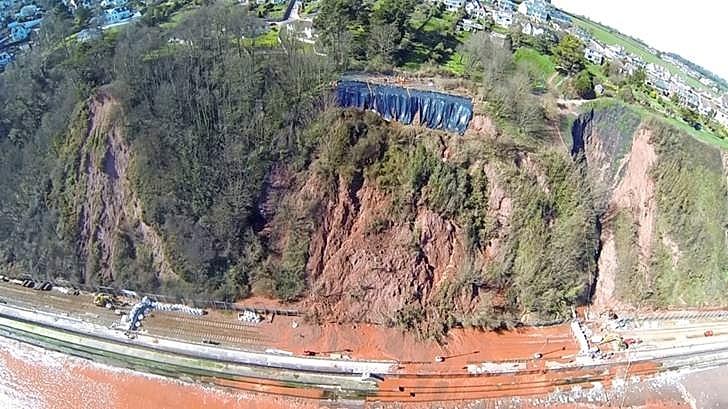
While no drainage work is currently taking place in the Phase 5 area, a dewatering/drainage trial is due to start this autumn. More information on that work will be made available later this year.
The work will accompany catch fence tilt sensors, inclinometers, piezometers, Senceive sensors on catch fences and LiDAR (Light Detection and Ranging) detection equipment that’s already installed.
“This is a concept that needs to be confirmed to reduce water retention within the cliffs and thus reduce the likelihood of cliff failure,” a joint DfT/Network Rail statement said.
The DfT told RAIL: “We remain committed to concluding the works necessary on this route to mitigate the remaining risks identified from passing so close to the coast between Dawlish and Teignmouth.
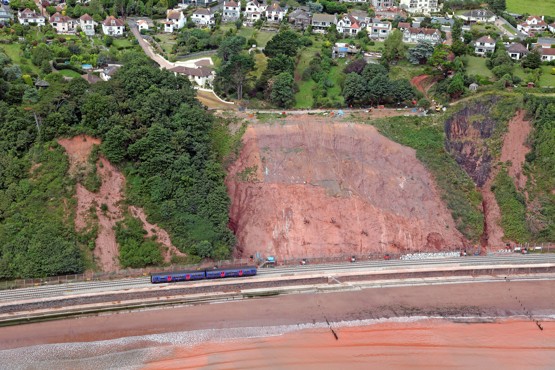
“The funded work to undertake a drainage trial and continued cliff monitoring will provide Network Rail with detailed data on the stability of the cliffs above the section of the route between Parsons Tunnel and Teignmouth and will inform their consideration of a proposal for a long-term solution in due course.”
NR had put a submission into the DfT in the first half of 2024 for funding to continue developments for Phase 5.
However, only funding to complete this drainage and monitoring work is provided from the overall rail enhancements settlement across 2025/26 and 2026/27.
The decision to pause the project with Phase 5 still outstanding has caused frustration.
Newton Abbot MP Martin Wrigley (Liberal Democrat) said he was “bitterly disappointed”.
“It was the only project that’s safety based as opposed to shiny new rails somewhere. They have done some work but not done a permanent solution. There’s nothing to stop a collapse,” he said.
“We desperately need to get that work done. If we don’t get some investment into the design now, they never will until the damn thing comes down again. If it comes down on a train that would be catastrophic.
“They’ve maybe done enough with pinning and netting to hold it up, but will I bet my life on it? I don’t think so.
“We’ve got to accept there isn’t the money in the plan right now and we’re not going to get it. The project moves onto what do we need to do to make it shovel ready.”
A 25,000-tonne landslip between Teignmouth and Parsons Tunnel in February 2014 (and a further, smaller fall in March) took eight weeks to clear. The repairs, which coincided with a 100-metre breach of the sea wall at Dawlish, cost £35 million to repair and cost the South West economy an estimated £20m a day.
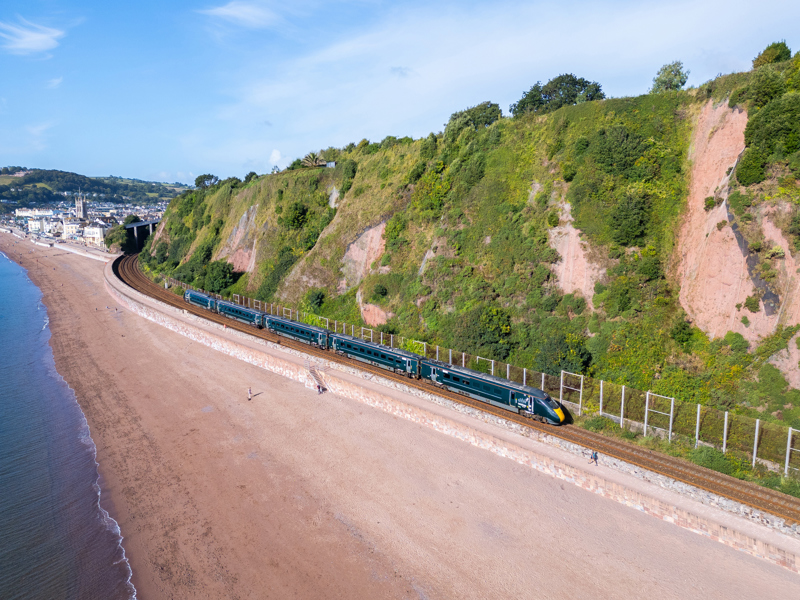
The work would have involved dividing the stretch into 15 “behavioural units” rated between low and high risk.
Stabilising work envisaged included drilling deep wells and pump water into nearby surface water streams which would reduce saturation in the cliffs and help prevent a large subsidence caused by rain seeping into the cliffs from above.
There would also be more soft nails and netting to prevent surface slips from spray and the sea, as done in previous phases of the project.
Previous plans to move the line closer to the sea in a land-and-sea-grab of up to 40 metres were shelved after a less than favourable public response.
Earlier this year Network Rail told RAIL the high-level estimate for phase five was £335m-£466m, by far the most expensive part of the project (RAIL 1029). Phases 1-4 cost £165m in total.
The Conservatives had pledged to fund the programme “in full”, with its Network North document of October 2023 saying it would put money aside.
Shadow Rail Minister, Jerome Mayhew, suggested the government had been “short-sighted” in its decision to pause the programme, telling RAIL: “It’s not just the cost to the railway bust the cost to the economy of the South West if it’s isolated again.”
Councillor John Stephens, Chair of Peninsula Transport, said the decision would make the line vulnerable.
“The project is not yet complete, and it is yet another threat to the transport connections for the South West. Earlier withdrawal of funding for the A303/ A358 and the congestion on the M5 places our region at risk, particularly as a top tourist destination.
“The peninsula relies on these vital connections, and we urge the government to finish this scheme and protect our rail line.”
Login to continue reading
Or register with RAIL to keep up-to-date with the latest news, insight and opinion.

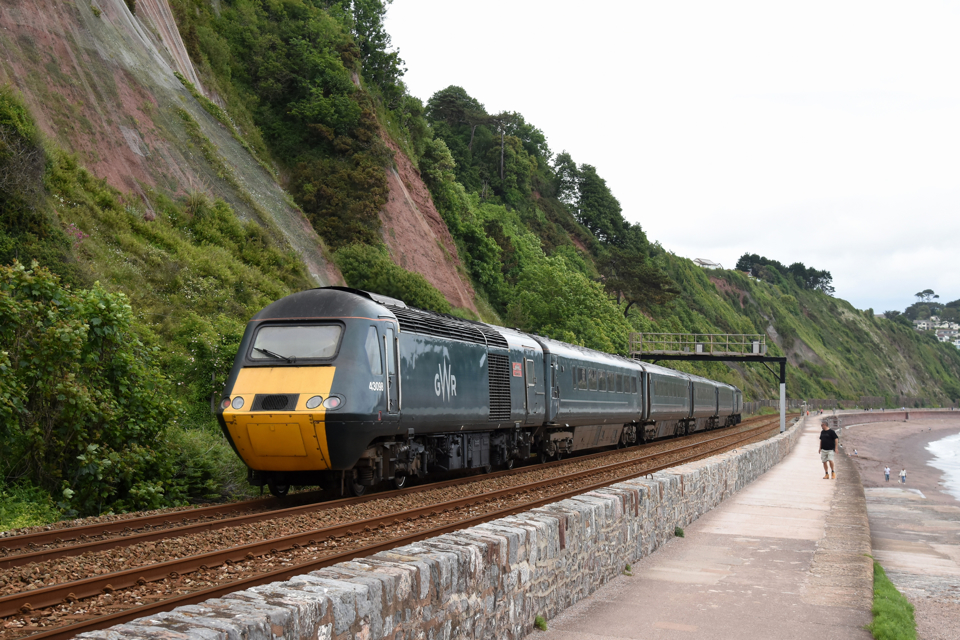

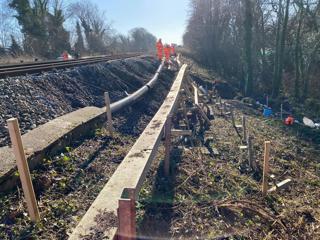
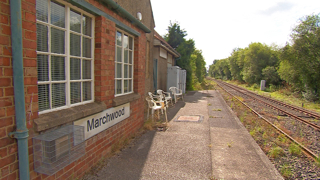
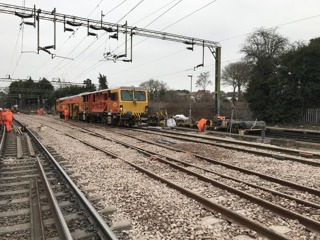
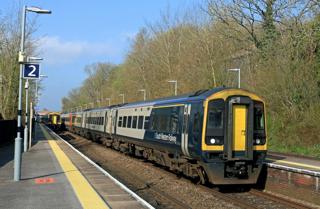
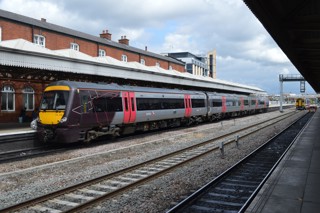











Login to comment
Comments
No comments have been made yet.